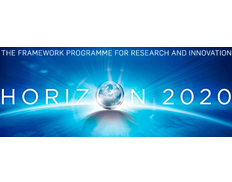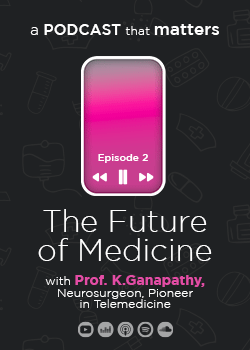
From correlations to explanations: towards a new European prehistory
Details
Description
Programme(s): H2020-EU.1.1. - EXCELLENT SCIENCE - European Research Council (ERC)
Topic(s): ERC-2020-SyG - ERC Synergy Grant
Call for proposal: ERC-2020-SyG
Funding Scheme: ERC-SyG - Synergy grant
Grant agreement ID: 951385
Project description: Brining to light patterns of migration from 6 000 to 500 BC
Ancient DNA is transforming our understanding of how history unfolded. Contributing to our knowledge, the EU-funded COREX project aims to uncover the key processes behind the genetic and cultural diversity in Europe from the first farmers, 6 000 BC, to the end of the Bronze Age, 500 BC. To do this, it will employ an interdisciplinary research design by combining innovative modelling approaches with prehistoric human genomic, archaeological, environmental, stable isotope and climate data. The project's work will provide an improved understanding of migration, integration and cultural change, past to present.
Objective: The study of the past is undergoing a dramatic transformation: researchers in the fields of archaeology, genetics, linguistics, history and archaeometry are blurring the lines delimiting their respective fields, and working in increasingly collaborative efforts to understand how history and prehistory unfolded. Recent debates stress the need for new explanatory models which integrate both micro- and macro-level historical processes, and diverse types of datasets. We approach this challenge by applying novel modelling approaches allowing us to move from correlations to explanations of how changes have been shaped by the dynamic interaction of cultural innovation, migration, admixture, population growth and collapse, landscape transformation, dietary change, biological adaptation, social structure, and the emergence of new diseases. To achieve this overall goal the project is built upon four specific aims, which translates into four work packages: WP1: Database for C14, cultural and subsistence (including isotope) data, ancient genomes, eDNA sites, fossil pollen datasets and strontium samples WP2: Environmental DNA and highresolution local environments,WP3 Exploratory analyses and discriminative models, WP4 Generative models and explanations. Our findings will serve to determine what the impact of the movement of people was on the European landscape, simultaneously on multiple scales: continental, regional and local, providing a research program defying the boundaries of archaeology, genetics and mathematical modelling.Thus by identifying prehistoric regularities in the interactions of human biology, social and economic organisation, and demography we will be able to compare them to anthropological and historical models of such processes in recent times, to form a more comprehensive understanding of the nature of migration, integration and cultural change, then and now.
